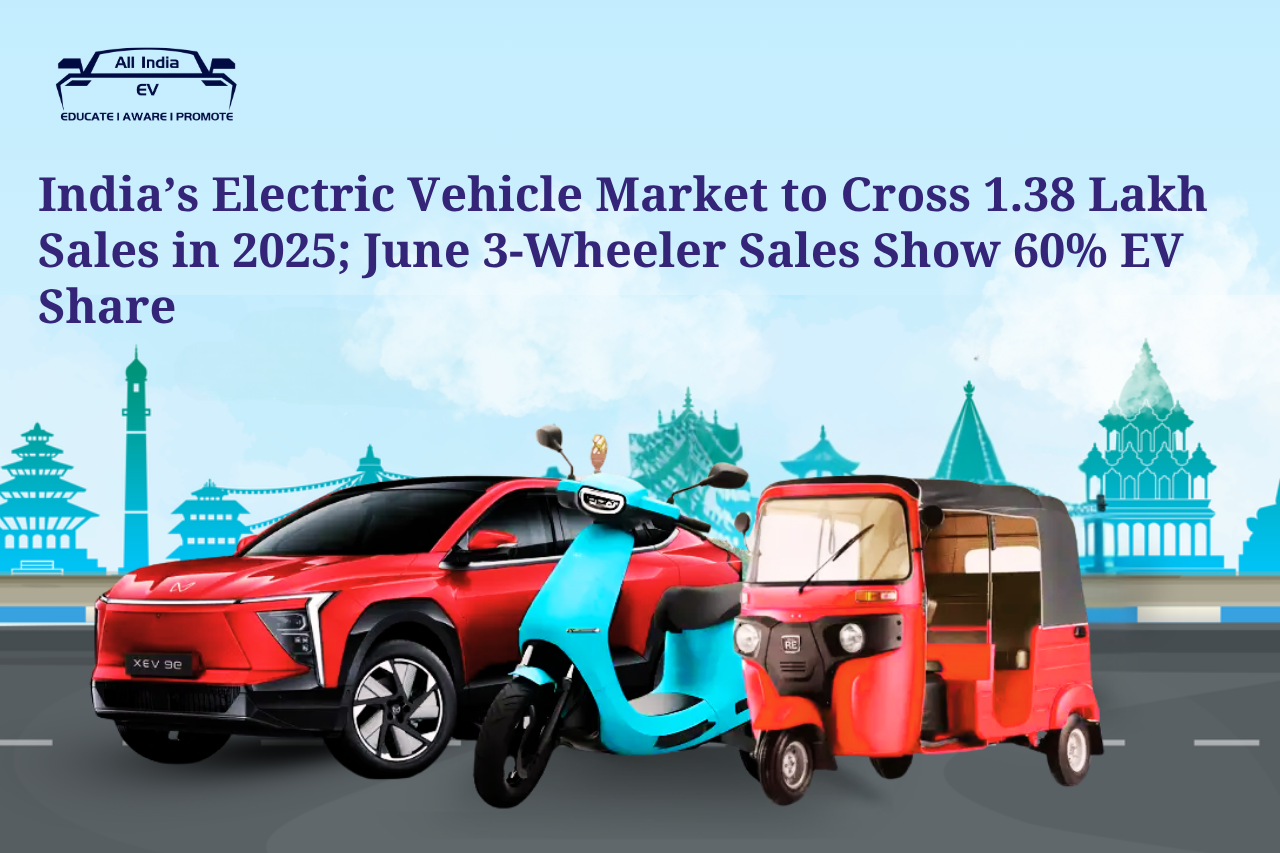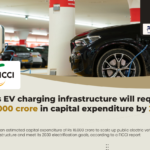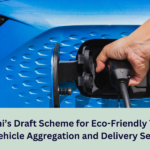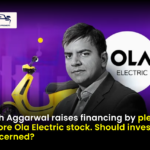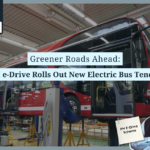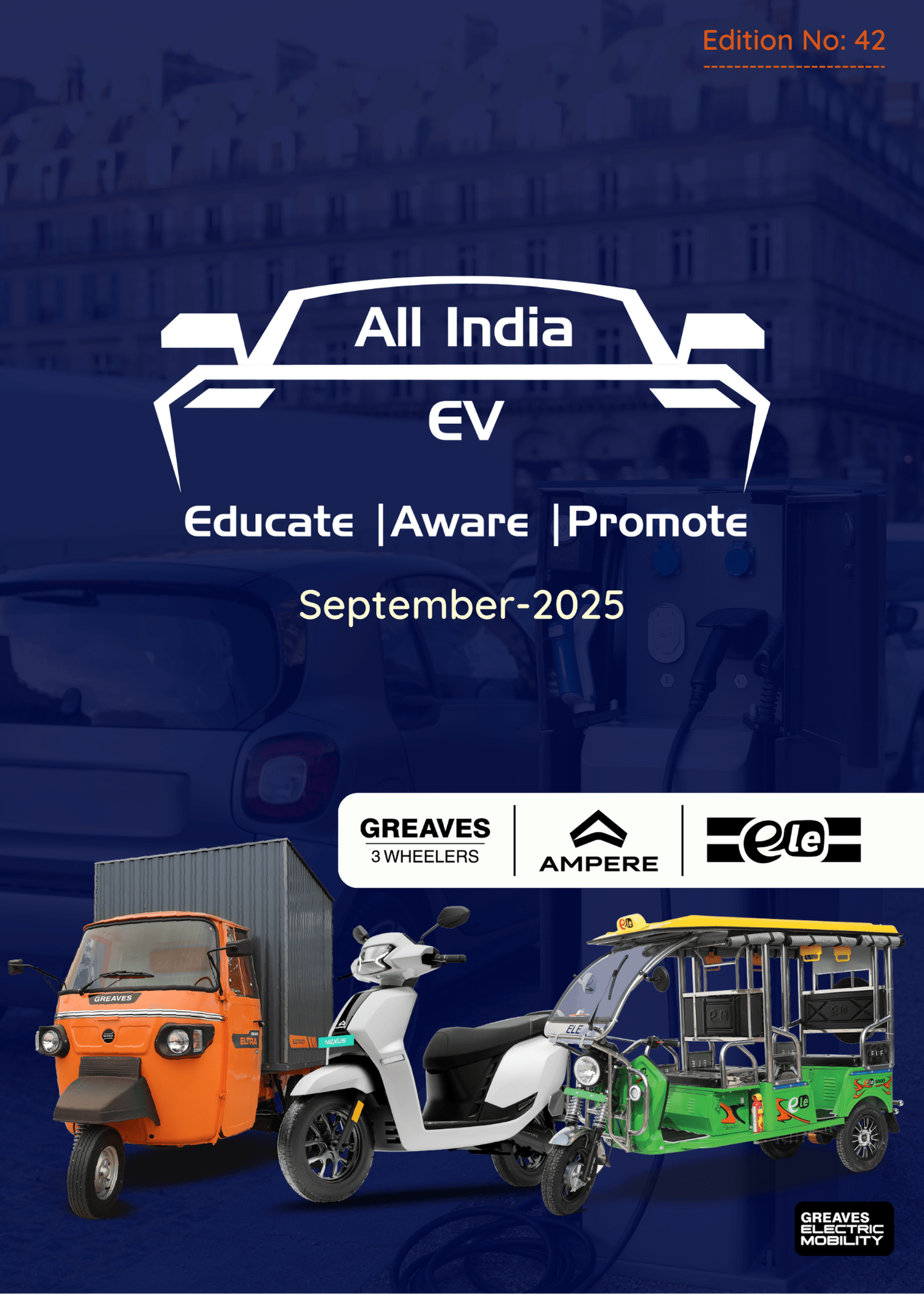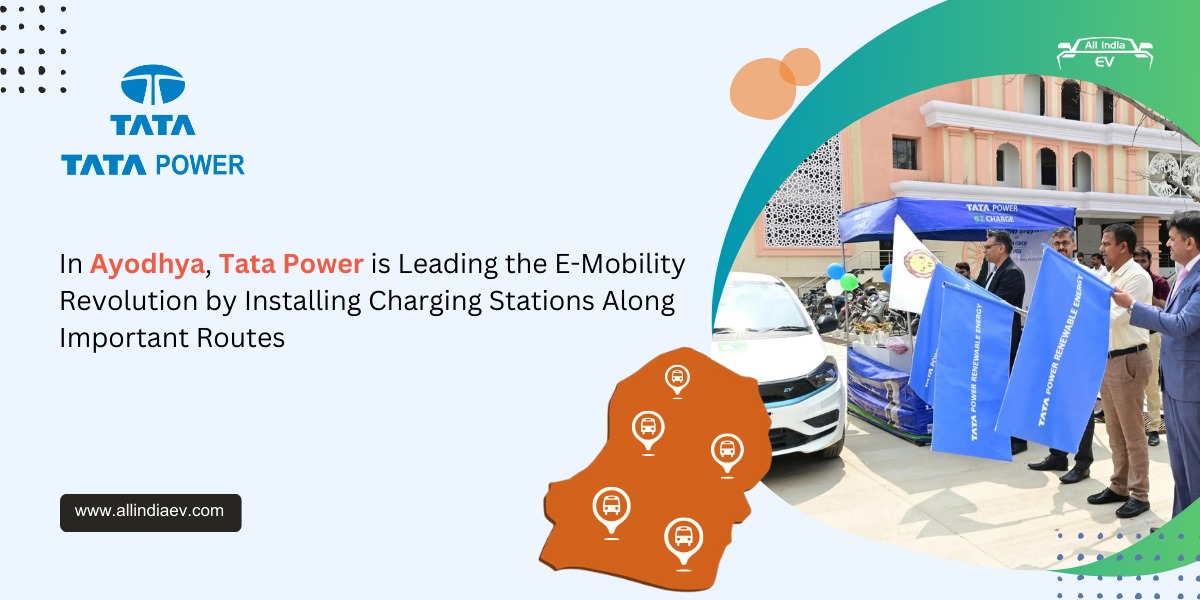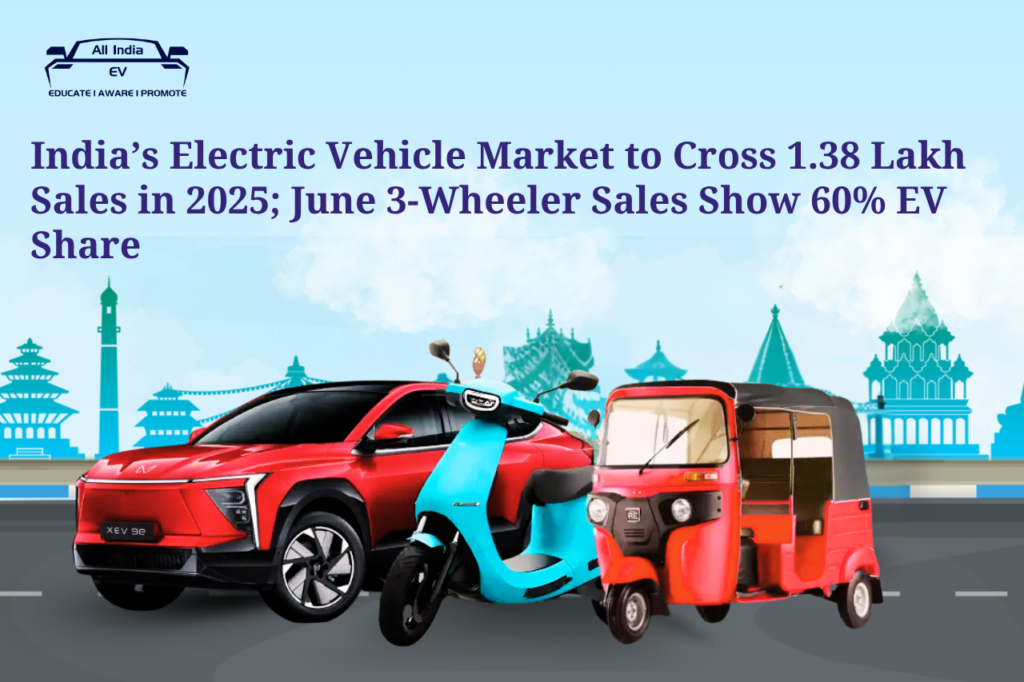
India’s electric vehicle (EV) market is witnessing a decisive shift toward cleaner mobility, with EV sales projected to hit 138,606 units in 2025, according to a new Frost & Sullivan report unveiled at the Entrepreneur India EV Show. The growth is largely driven by battery electric vehicles (BEVs), while other technologies like plug-in hybrids (PHEVs) and fuel cell EVs (FCEVs) remain largely absent.
Adding momentum to this transition, EVs accounted for over 60% of all three-wheeler retail sales in June 2025, based on data from the Federation of Indian Automobile Dealers Associations (FADA). This marks a significant rise from 55.5% in June 2024, reinforcing the shift toward electrification in last-mile and shared mobility.
A Market on the Rise — But with Roadblocks
The report forecasts a 40% growth in annual EV sales for 2025, with SUVs and subcompact SUVs leading the passenger segment. Despite this growth, India’s share remains modest in global terms—just 138,000 units compared to the projected 20 million global EV sales in 2025.
India’s EV journey is also challenged by infrastructure gaps, global component dependency, and growing competition from overseas OEMs—especially from China. While major domestic players like Tata Motors, Mahindra & Mahindra, and MG Motor are ramping up plans with 7–10 new EV models each by 2030, the pressure to innovate while staying affordable remains high.
Infrastructure and Localization: The Next Frontier
India currently operates 25,500+ public charging stations with nearly 60,000 connectors, averaging one connector for every seven EVs. To meet the 2030 goal of one connector per five EVs, aggressive expansion and better interoperability are essential. Urban states like Karnataka, Delhi, Tamil Nadu, and Maharashtra are leading deployments, while Bihar, Chhattisgarh, and Northeastern states still lag.
Meanwhile, localization remains critical. The report highlights that India still heavily depends on imports for raw materials like lithium and cobalt, and lacks large-scale cell manufacturing. Although government schemes like FAME I & II, PLI, and PM eBus Sewa have redirected focus to domestic production, key components like battery management systems and power electronics remain underdeveloped.
Segment-Wise EV Penetration Signals Broader Adoption
The June 2025 retail figures reflect rising adoption across all segments:
- Electric three-wheelers: 60.2% of total sales (up from 55.5% YoY)
- Electric two-wheelers: 7.3% of all two-wheeler sales (up from ~6%)
- Passenger EVs (cars/SUVs): 4.4% market share (up from 2.5%)
- Commercial EVs (trucks/buses): 1.6% of segment sales
- Construction equipment: 0.1% of total sales
Overall vehicle retail sales in June crossed 2 million, up 5% YoY, with construction equipment seeing a 55% spike due to increased infrastructure spending.
According to FADA President C.S. Vigneshwar, early monsoons and a wider variety of EV options have encouraged buyers—especially in the two-wheeler market. However, he also warned that geopolitical uncertainty and liquidity concerns could continue to impact growth in the near term.
What Lies Ahead for Indian EVs?
India’s EV sector is nearing a tipping point, buoyed by increasing consumer awareness, better financing options, and expanding state-level subsidies. Yet, experts caution that incentives alone won’t be enough. OEMs must adapt quickly—integrating solutions like battery swapping, connected logistics, AI-driven smart factories, and digital twins—to stay competitive.
Future technologies such as vehicle-to-grid (V2G) systems, inductive charging, and 800V architectures are on the horizon, but mass deployment in India remains aspirational for now.
India’s EV revolution is shifting gears—from policy push to consumer pull. With 138,000 EV unit sales projected in 2025, and electric three-wheelers crossing 60% market share, the foundation is strong. But scaling up infrastructure, localizing production, and embracing tech-driven business models will determine whether India can truly lead the global EV charge.


